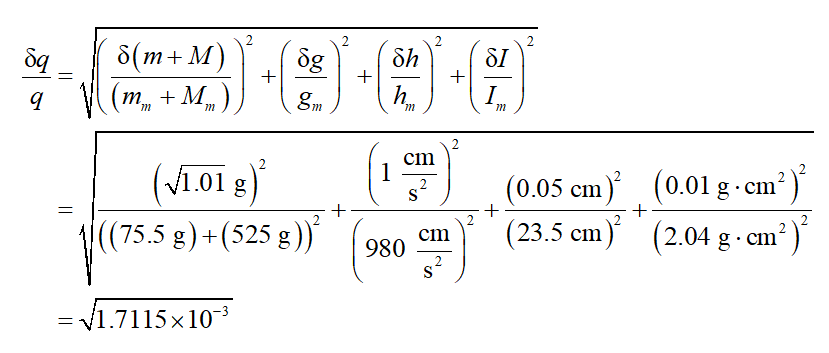Instructions: The linear speed v of a rotating object is given by: 2(m+M)għ v = R where: R= (10.00 :E 0.05) cm m = (75.5 ± 0.1) gr M = (525 ±1) gr • Calculate v with uncertainty • You will need to show all the steps of your calculation handwritten on a sheet of paper I = (2.04 ±0.01) × 10° gr cm² h = (23.50 ±0.05) cm g = (980 ± 1) em g2 Round your final answer
Displacement, Velocity and Acceleration
In classical mechanics, kinematics deals with the motion of a particle. It deals only with the position, velocity, acceleration, and displacement of a particle. It has no concern about the source of motion.
Linear Displacement
The term "displacement" refers to when something shifts away from its original "location," and "linear" refers to a straight line. As a result, “Linear Displacement” can be described as the movement of an object in a straight line along a single axis, for example, from side to side or up and down. Non-contact sensors such as LVDTs and other linear location sensors can calculate linear displacement. Non-contact sensors such as LVDTs and other linear location sensors can calculate linear displacement. Linear displacement is usually measured in millimeters or inches and may be positive or negative.

Let δv, δR, δm, δM, δI, δh, and δg denote the uncertainties in their respective measured quantities vm, Rm, mm, Mm, Im, hm, and gm as given.
First, evaluate the uncertainty (δ (m + M)) in (m + M) from its formula as follows:

Now, evaluate the uncertainty (δq) in the quantity (q) inside the square root from its formula as follows:

Step by step
Solved in 4 steps with 4 images


